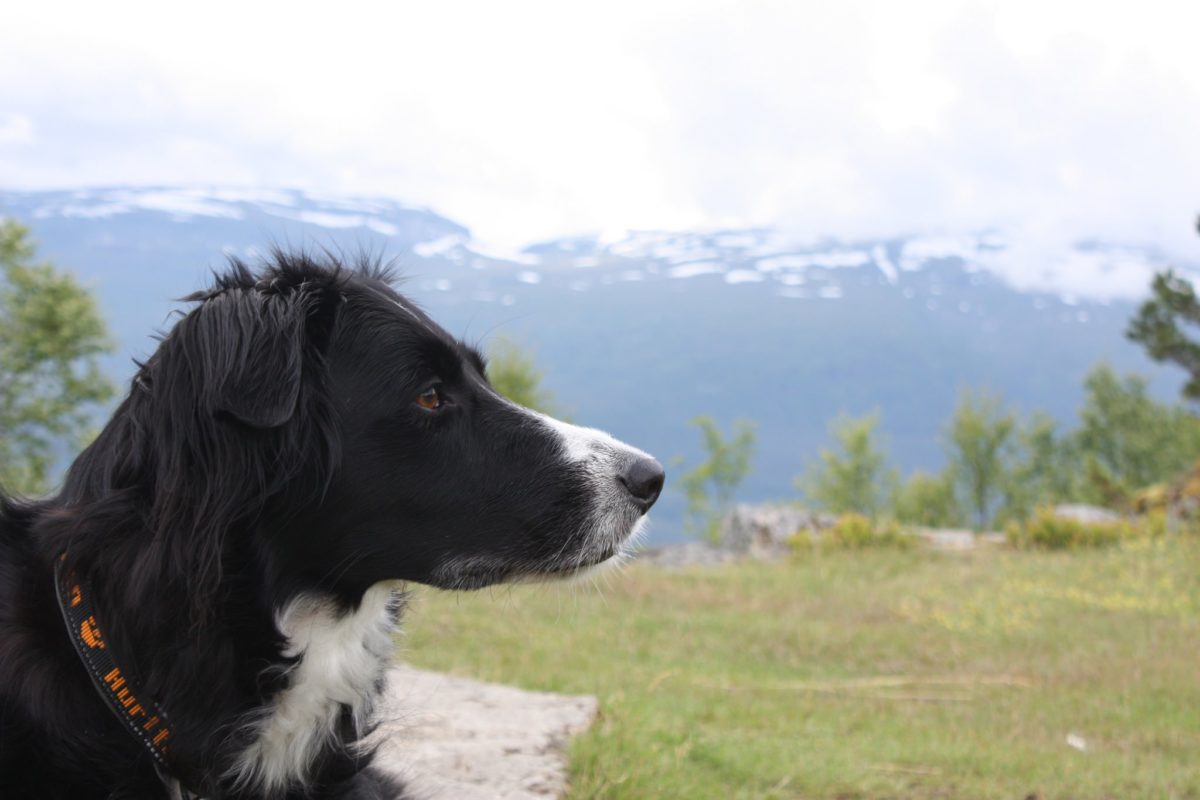One of the great things about the Internet is that people create all sorts of silly, but interesting, stuff. I was recently fascinated by a deep learning project where an app can classify images as “hotdog” or “not hotdog”. The project was itself inspired by a fictional app that appears in HBO’s show Silicon Valley, and the project was organized by an employee at HBO.
The creator of the app wrote an excellent article, outlining how the team approached building the app. From data gathering, over designing and training a deep learning neural network to building an app for the Android and iPhone app stores.
Naturally, I thought to myself: perhaps I can be silly too. So I started a small project to try and classify whether an image contains my dog Mila or not. (Also, the architecture for the hotdog app is called DeepDog, so as you can see, it is all deeply connected!)
The is-mila project is not as large and detailed as the hotdog project (for example, I am not building an app), but it was a fun way to get to know deep learning a bit better.
The full code for the project is available on Github, and feel free to try and classify a photo as well.
A simple start
One of the obstacles to any kind of machine learning task is to get good training data. Fortunately, I have been using Flickr for years, and many of my photos have Mila in them. Furthermore, most of these photos are tagged with “Mila”, so it seemed like a good idea to use the Flickr photos as the basis for training the network.

I prepared a small script and command-line interface (CLI) for fetching pictures via the Flickr API. Of course, my data was not as clean as I thought it would be, so I had to manually move some photos around. I also removed photos that only showed Mila from a great distance or with her back to the camera.
In the end, I had 263 photos of Mila. There were many more “not Mila” photos available of course, but I decided to also use only 263 “not Mila” photos so the training set for the two classes “Mila” and “not Mila” had equal size. I do not really want to discuss overfitting, data quality, classification accuracy, etc. in this post, but there are many interesting topics to discuss there for another time.
For the deep learning part, I used Keras which is a deep learning library that is a bit simpler to get started with than e.g. Tensorflow. In the first iteration, I created a super-simple convolutional neural network (CNN) with just three convolutional layers and one fully-connected layer (and some MaxPooling and Dropout layers in between).
Training this network was faster than I thought and only took a few minutes. In my latest run, the accuracy settled at around 79% and validation accuracy (i.e. for photos that were not used to train the network) at 77% after 57 epochs of roughly six seconds each. This is not very impressive, but for binary classification, anything above 50-60% accuracy is at least better than a coin flip.
Finally, I created a simple website for testing the classification. I did not bother using a JavaScript transpiler/bundler like Babel/Webpack, so the site only works in modern browsers. You can try the simple classification here if you like.
The results from this initial experiment were interesting. In the validation set, most of the photos containing Mila were correctly classified as Mila, and a few were classified as not Mila for no obvious reasons. For example, these two images are from a similar setting, with similar lighting, but with different positioning of Mila, and they are classified differently:


Perhaps more surprising though are the false positives, the photos classified as Mila when they do not have Mila in them. Here are some examples:
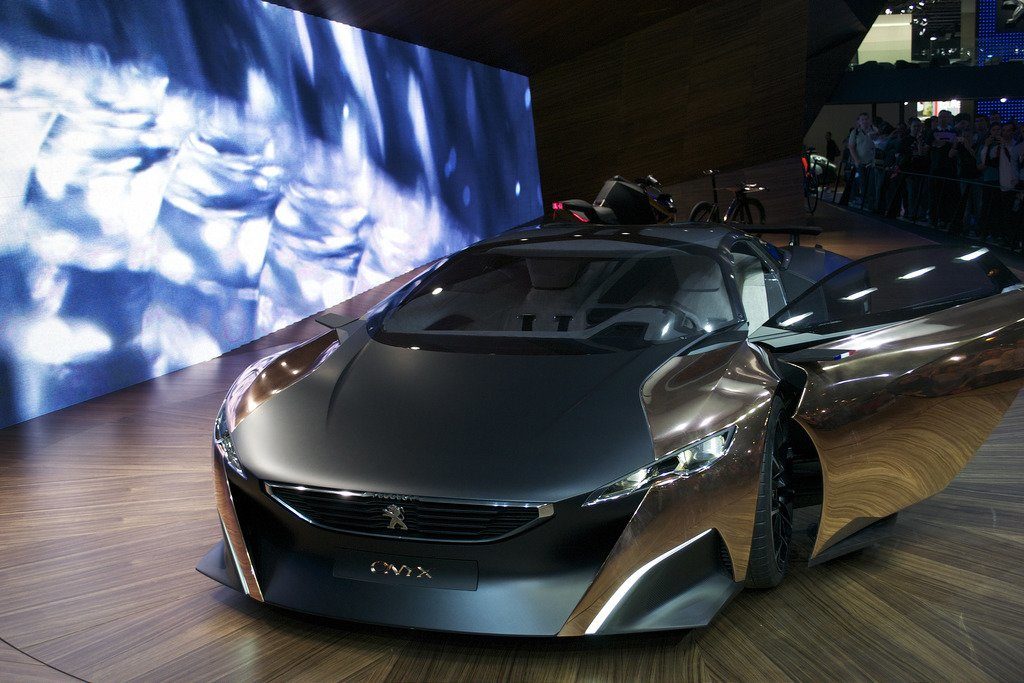
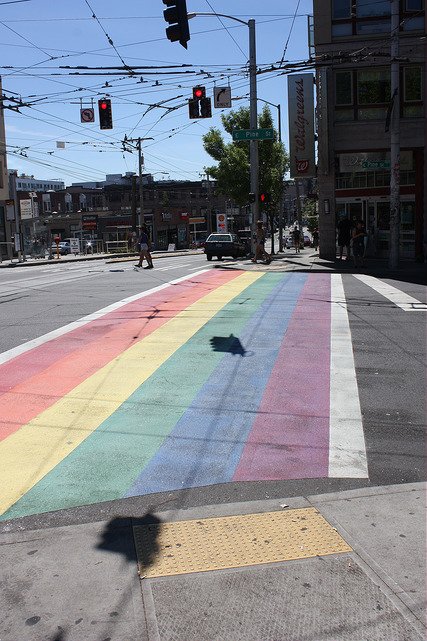
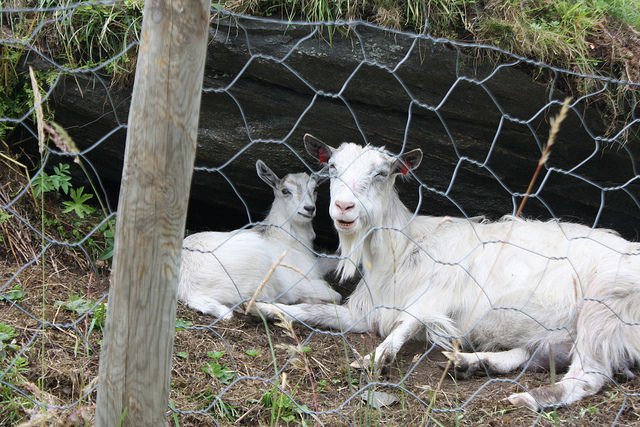
Mila is certainly fast, but she is no sports car :-)
As of writing this, I am still uncertain what the simple network sees in the photos it is given. I have not investigated this yet, but it would be an interesting topic to dive into at a later stage.
Going deeper
A cool feature of Keras is that it comes with a few pre-trained deep learning architectures. In an effort to improve accuracy, I tried my luck with using a slightly modified MobileNet architecture using pre-trained weights for the ImageNet dataset, which contains a big and diverse set of images.
The Keras-provided MobileNet network is 55 layers deep so it is quite a different beast than the “simple” network outlined above. But by freezing the weights of the existing network layers and adding a few extra output layers as needed for my use case (binary classification of “Mila” and “not Mila”), the complexity of training the network was reduced since there were less weights to adjust.
After training the network for 48 epochs of about 18 seconds each, the training accuracy settled around 97% and validation accuracy at 98%. The high accuracy was surprising and felt like an excellent result! For example, the Mila pictures shown above were now both correctly classified, and the sports car and rainbow cross walk were no longer classified as being Mila. However, the goat was still “Mila” so something was still not quite right…
You can try out the network here if you like.
At this point, I had a hunch that the increased accuracy of MobileNet was mainly due to its ability to detect dogs in pictures (and the occasional goat). Unfortunately, it was worse than that, and photos of both dogs, cats, birds, butterflies, bears, kangaroos and even a squirrel were classified as being Mila.
It seemed I had not created a Mila detector, but an animal detector. I had kind of expected a result like this, but it was still a disappointing realization, and this is also where the story ends for now.
Sneaky squirrels and other animals
To summarize, I tried to create an image classifier that could detect Mila in photos, but in the current state of the project, this is not really possible. Writing this blog post feels like the end of the journey, but there are still many tweaks and improvements that could be made.
For example, it would be interesting to know why the “simple” network saw a rainbow crosswalk as Mila, and it would be nice to figure out how to improve the quality of the predictions for the MobileNet version such that it does not just say that all pets are Mila. One idea could be to clean the training data a bit more, e.g. by having more pets in the “not Mila” photo set or perhaps restrict the Mila photos to close-ups to improve consistency and quality in that part of the data.
One thing is for sure: there is always room for improvement, and working on this project has been a nice learning experience so far. As an added benefit, I managed to mention squirrels in a (technical) blog post, and I will leave you with a picture of the sneaky “Mila” squirrel:
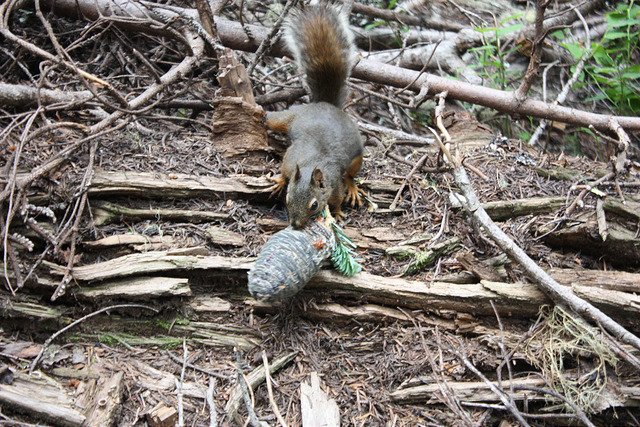
(I like squirrels. A lot. It was all worth it just for the squirrel.)
